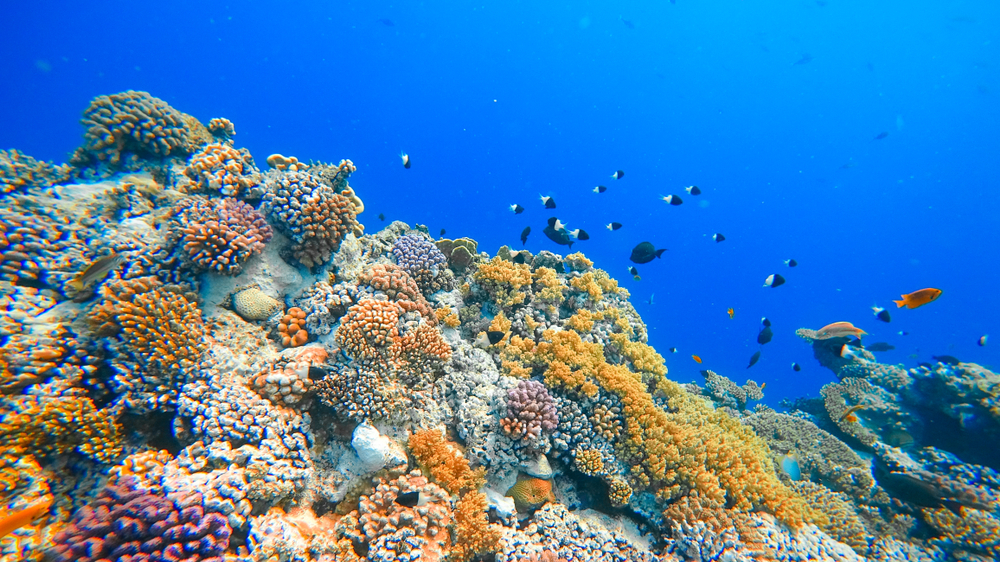Middle Button Island Overview
Middle Button Island National Park, located in the Bay of Bengal within India’s Andaman and Nicobar Islands, is a pristine natural haven showcasing the vibrant biodiversity and ecological richness of the region. Spanning approximately 0.44 square miles (1.15 square kilometers), this small but significant protected area forms part of the Rani Jhansi Marine National Park cluster. Its remote location, surrounded by azure waters and coral reefs, creates an idyllic setting that serves as both a sanctuary for wildlife and a mesmerizing destination for visitors.
The terrain of Middle Button Island National Park is characterized by dense tropical forests, undulating landscapes, and rocky outcrops. The vegetation includes a mix of mangroves, coastal trees, and thick undergrowth, creating a lush canopy that shelters its inhabitants. The island’s beaches, fringed with white sand and scattered with rock formations, provide a striking contrast to the vibrant greenery. Nearby coral reefs, teeming with marine life, form an essential part of the park’s ecosystem, making it a critical zone for conservation.
The park is renowned for its rich array of wildlife. Among the terrestrial inhabitants, reptiles such as monitor lizards and snakes are common sightings. Bird enthusiasts may encounter species such as white-bellied sea eagles and kingfishers, whose calls resonate through the forest. The surrounding waters are home to a diverse marine ecosystem, with dolphins, sea turtles, and colorful reef fish thriving in the coral habitats. The island is also a nesting ground for olive ridley turtles, adding to its ecological importance.
Visitors to Middle Button Island National Park are often drawn to its pristine environment and unique features. Snorkeling and scuba diving are popular activities, offering an unparalleled opportunity to explore the vibrant coral reefs and observe marine life in its natural habitat. The park’s remoteness adds an element of adventure, attracting those seeking solitude and an escape into unspoiled nature. While the island does not have developed trails or facilities, its untouched beauty is the main allure for eco-tourists and marine life enthusiasts.
The park faces several conservation challenges, including the impact of climate change on coral reefs and the potential for human interference in its delicate ecosystem. However, ongoing efforts by the local authorities and conservation organizations aim to protect and preserve this fragile environment. Measures include regulating tourism, preventing illegal fishing, and conducting research on biodiversity and habitat restoration. These efforts have resulted in the protection of key species, such as sea turtles, and a growing awareness of the island’s ecological value.










































































